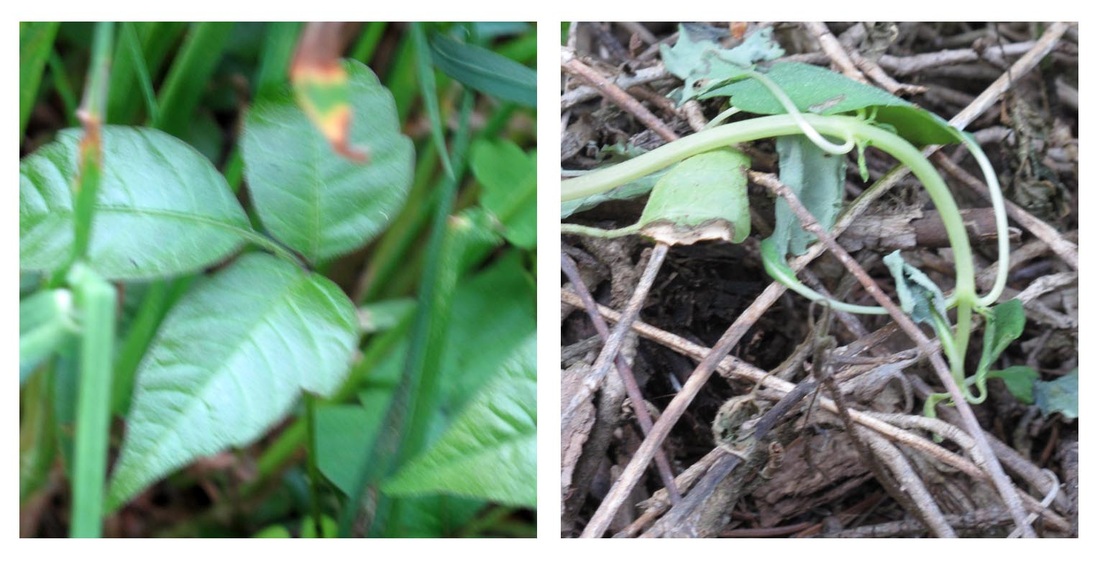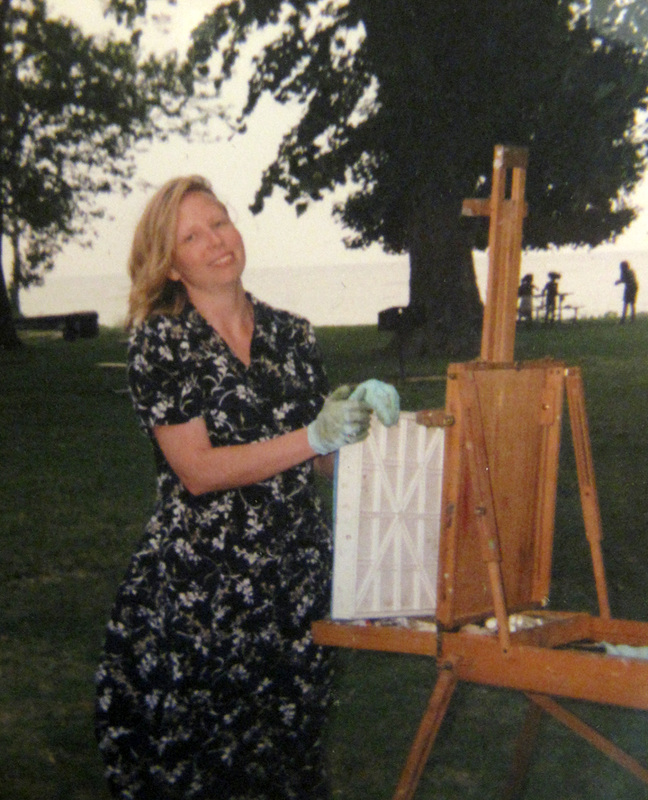|
This is week one of the beginning of my Touch-Nature year. This year I’ll be completing a Touch-Nature challenge each week and writing about it in this blog. My journal this week begins and ends with babies, fitting for a spring time journal. Day 1 Barn Swallows I took Madelyn’s hand (she’s three and a half) and we went into our barn hunting for a nest of barn swallow babies. We spotted one nest, along with many holes in the sides of the barn for entry. But we didn’t see and couldn’t reach to see any babies. I have been watching a swallow fly into and out of one particular hole. Every time she leaves this hole there is a chorus of cries from inside the barn. It’s Saturday morning of Memorial Day weekend. We have great temperatures and a light breeze. High cumulous clouds parade across the sky, which is peppered with crows and swooping barn swallows. The girls are wet and messy, barefoot and dripping from kiddie pool water and popsicle drips. I smell like sunscreen. Day 2 Yesterday I “touched nature” too closely for my liking—I tackled with a large patch of poison ivy, which crops up just next to the children’s play area. I admit I am quite over-zealous about purging the yard of the stuff, after a bout of itching last summer, and after our neighbor ended up in the hospital due to a reaction to the oil on poison ivy several years ago. Full disclosure—I did spray the plays with a powerful herbicide specifically designed to kill poison ivy. And now I feel even more guilty and concerned about having this poison in a play area than I originally felt about the ivy itself. Here I am trying to be a more responsible person about my natural surroundings—how hypocritical am I? This is the first home and land I’ve owned, and to my credit I have never used chemical treatments such as this before. I have read the classic Silent Spring, by Rachel Carson, and so I am aware of the dangers of poisoning with harmful chemicals. So I am concerned. I decided to dig out each of the areas that I spot treated to hopefully rid the soil of any remaining spray or vines. I covered myself with long boots, long sleeves, and nitrile gloves. I managed to pull up the roots (which was much harder than I imagined because it was tangled with English Ivy) and dig a little hole each place that I had sprayed. I was careful to completely wash myself and the removal tools afterwards. I’ll probably find out today if I was successful avoiding skin irritation. The Bolivar dam, constructed in the thirties, is about to undergo renovation...soon this view will be inaccessible while the construction takes place. A new service gate is currently on view at the top of the park. I'll shoot some details of it next time I visit. The river is peaceful today right before the dam... Day 3 I opened the Subaru doors and unbuckled the girls into the garden. Today’s afternoon air is thick. The playground grass is long, and when I brought Gillian and Madelyn their sippy cups outside, they didn’t want to come drink with me at the kiddie picnic table. Instead Madelyn invited me over to her “house”, a little tramplea area of grass with a doll laying beside her and her one-and-a-half year old sister. She said, “We’re hiding!” ˜ Later on, the grey rolled in thunder. But the rain has not lasted long. I recall reading earlier today how impervious surfaces—i.e., cement, paving—affect storm water in cities, because the natural process of water filtering through soil doesn’t happen. So paved surfaces contribute to turbidity (cloudy, sediment-filled qualities) in water as well as erosion. I presume this is because storm water runs of cement and accumulates so quickly instead of being absorbed, carrying what ever it picks up along the way. This short, introductory article tantalizingly states a goal of getting storm water to mimic a more natural filtration process, but there isn’t room in the short article to describe how. (This was an article in the last page of City of Massillon Parks and Recreation In Motion Program.) It certainly makes me want to find out more. Day 4 Potting petunias for Currents and Cocktails Today I am amidst plants. I toured nurseries and a garden with my friend, a volunteer at Massillon Museum who is generously giving her time to help bring beauty to an opening event (and later the museum grounds) where I work. (More about that in a minute.) Deb is an upbeat, enthusiastic person who is clearly passionate about plants. She reminded me of my Grandmother Mary, who would greet any visitor to her house in England with a tour of her garden. The most memorable part of Deb’s garden tour was hearing her speak lovingly about a large, old lavender patch, which appears to have not made it through this hard winter. This particular plant has been with her even before her family bought their house (I’m guessing about twenty years ago). Together, we chose nursery plants, then repotted the purple and pink petunias to add a splash of color in front of a white picket fence for the June 7th Currrents and Cocktails event at Massillon Museum. Day 5 This morning, I listened to Jeanne Falk Adams, curator of the upcoming Fragile Waters exhibit at Massillon Museum, where I work as events coordinator. www.massillonmuseum.org Fragile Waters is an exhibit showcasing photography by Ansel Adams, Ernest H. Brooks II, and Dorothy Kerper Monnelly. (This exhibit is on display from June 7-September 14, 2014) Jeanne Falk Adams is the curator of the exhibition and the daughter-in-law of Ansel Adams. I was lucky to attend a welcome breakfast in her honor at the Massillon Women’s Club. She spoke passionately and eloquently about the artists she chose to exhibit alongside Ansel’s work. She relayed how Ernest Brooks is a man with a “zen” quality. She described him diving down into the ocean, where he has extraordinary stamina to stay underwater patiently, where the underwater creatures are drawn to him. She described how much Dorothy Kerper Monnelly loves the New England marsh where she lives and where she explores the marsh with her 4 x 5 camera. I would like to thank Jeanne Falk Adams for inspiring me through this exhibit to renew my own artistic journey in nature. She has motivated me to reconnect with nature through painting, by being more aware of and careful with how I use natural resources, and most of all, by paying attention. Day 6 Busy day: Boating on Walborn Reservoir, seeking the Eagle’s nest (we didn’t locate it), selecting a bag of crispy, tart apples from a local orchard at the Hartville Flea Market, followed by evening yard work taking care of young trees on our land. Day 7 I returned to the barn today. When I visited first I had not looked carefully enough. I counted not one but five swallow nests. The swallows burst in and out of the barn. What choreography!
1 Comment
Susi Slater
6/25/2014 12:10:45 am
Thoroughly enjoyed this site. Could almost hear your voice as I read your delightful pros. Keep up the good work. You are special!....Unfortunately, my only contribution to the earth's ecology is to turn off the rinse water when I wash the dishes.....(When I remember) I'll try to do better! I promise.
Reply
Leave a Reply. |









 RSS Feed
RSS Feed
